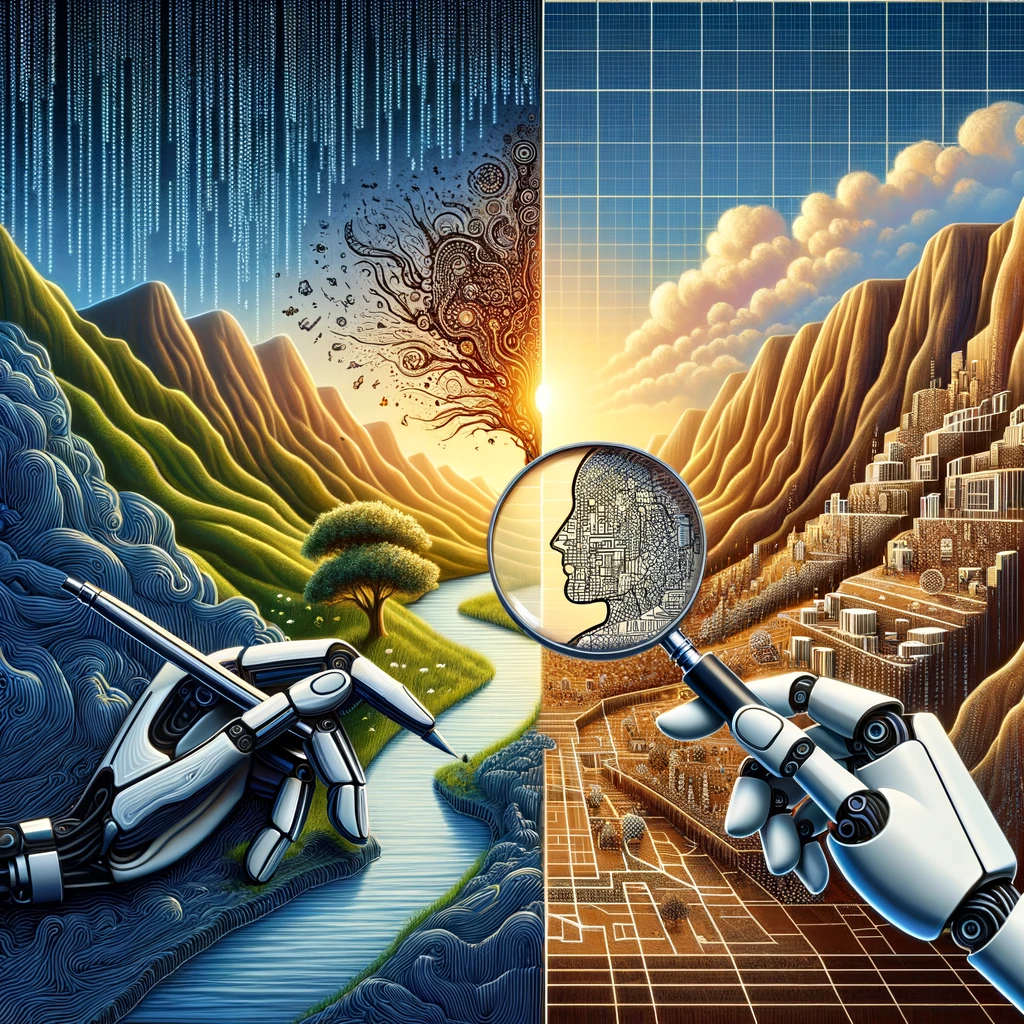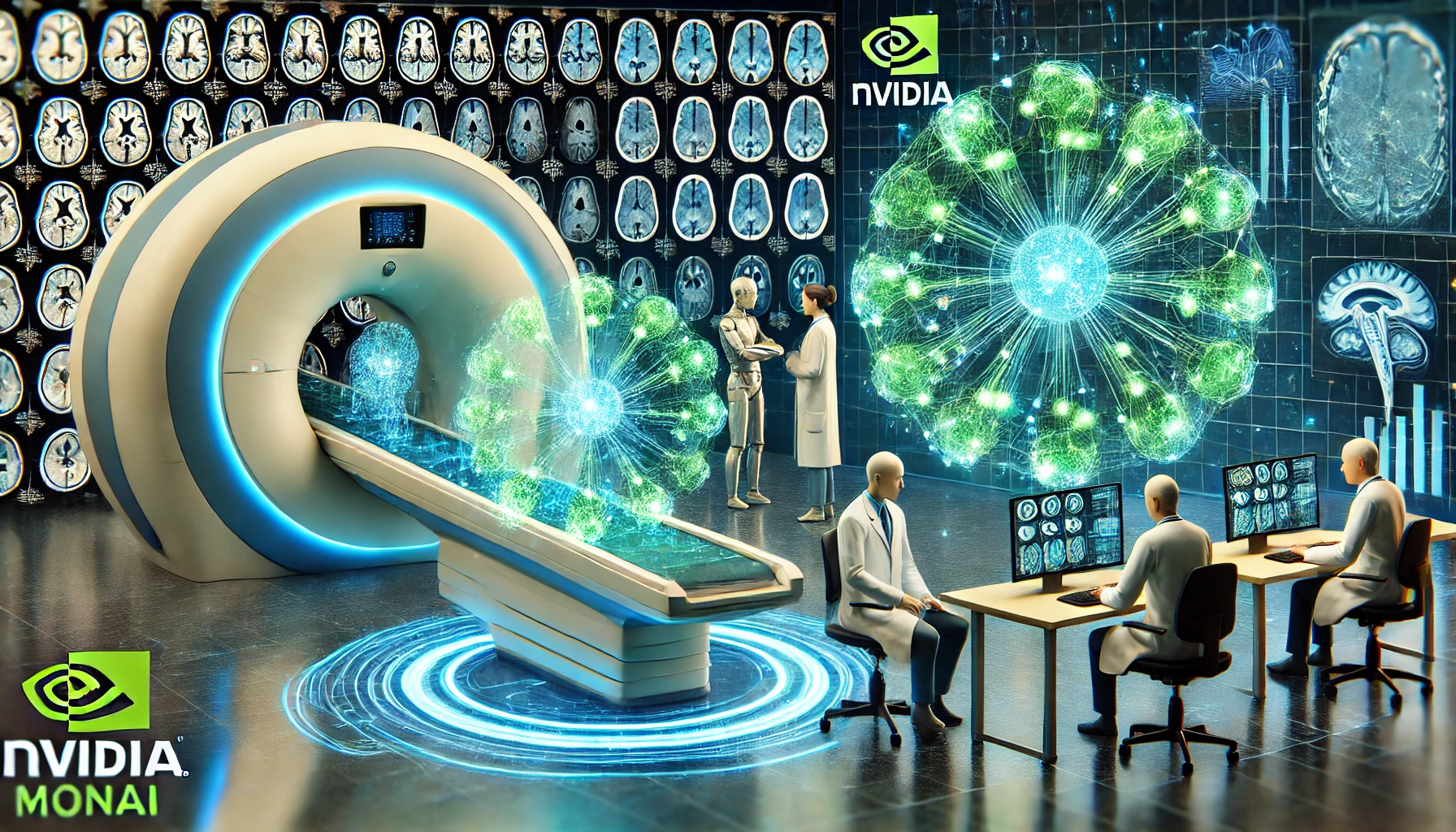Table of Contents
Introduction:
In the dynamic world of artificial intelligence (AI), two paradigms stand out for their transformative impact: Generative and Discriminative Models. These models not only shape our interaction with technology but also revolutionize various sectors through their distinct functionalities.
Using the Creativity of Generative Models
Generative models are the artists of the AI world. They don’t just understand data; they use it to create something new and extraordinary. Here’s how they’re making waves:
Natural Language Processing (NLP):
These models are behind the magic of generating text that’s indistinguishable from human writing, opening doors for advancements in machine translation and personalized learning.
Computer Vision:
Imagine bringing still images to life or creating visuals of objects that don’t yet exist. Generative models make this possible, revolutionizing everything from art to industry design.
Healthcare Innovation:
In the realm of medicine, these models are pioneering personalized treatment plans by designing new molecular structures.
Art and Design:
Artists and musicians are harnessing these models to break new ground, creating stunning visual and auditory pieces that were previously unimaginable.
Gaming Industry:
Games are becoming more immersive and dynamic, thanks to generative models that create endless new environments and scenarios.
Identifying Differences with Discriminative Models
While generative models focus on creation, discriminative models are the discerners. They’re the AI equivalent of a detective, analyzing data to categorize and make crucial distinctions:
Image Classification:
These models are the backbone of facial recognition and self-driving car technologies, identifying objects with remarkable accuracy.
Speech Recognition:
Turning spoken words into written text is a complex task mastered by discriminative models, powering everything from virtual assistants to real-time transcription services.
Fraud Detection:
Financial institutions are increasingly relying on these models to pinpoint fraudulent transactions, safeguarding both data and finances.
Cybersecurity:
In the digital realm, discriminative models play a pivotal role in identifying suspicious online behaviors and protecting against cyber threats.
Medical Diagnostics:
These models are revolutionizing healthcare by assisting in early disease diagnosis and improving patient outcomes.
The Power of Choice: Matching the Model to the Task
Selecting between generative and discriminative models hinges on the specific problem at hand. For creative and exploratory tasks, generative models are your allies. When it comes to classification and pattern recognition, discriminative models take the lead.
Future Frontiers in AI
The ongoing advancements in AI promise even more exciting developments:
Interpretability and Explainability:
Gaining a deeper understanding of how these models make decisions is crucial for trust and fairness.
Scalability and Efficiency:
As we train models on larger datasets, efficient algorithms and robust computing resources become more important.
Integration with Other AI Techniques:
Combining different AI models and methods could lead to groundbreaking solutions in various fields.
The interplay between generative and discriminative models is key to unlocking AI’s full potential. Their combined strengths will undoubtedly enrich our lives and pave the way for a future where AI is integral to solving complex problems.
Read More:
AI to the Rescue: Building Features Faster and Better with AI. (aiamigos.org)
https://www.aieducationforkids.com/generative-vs-discriminative-models
AI Evolution: 13 Breakthrough Stages from Rule-Based Systems to Quantum Wonders
Generative AI Solutions: 13 Proven Steps to Unleash Powerful, Innovative Tech
Refer:
https://en.wikipedia.org/wiki/Generative_artificial_intelligence
https://en.wikipedia.org/wiki/Artificial_intelligence


